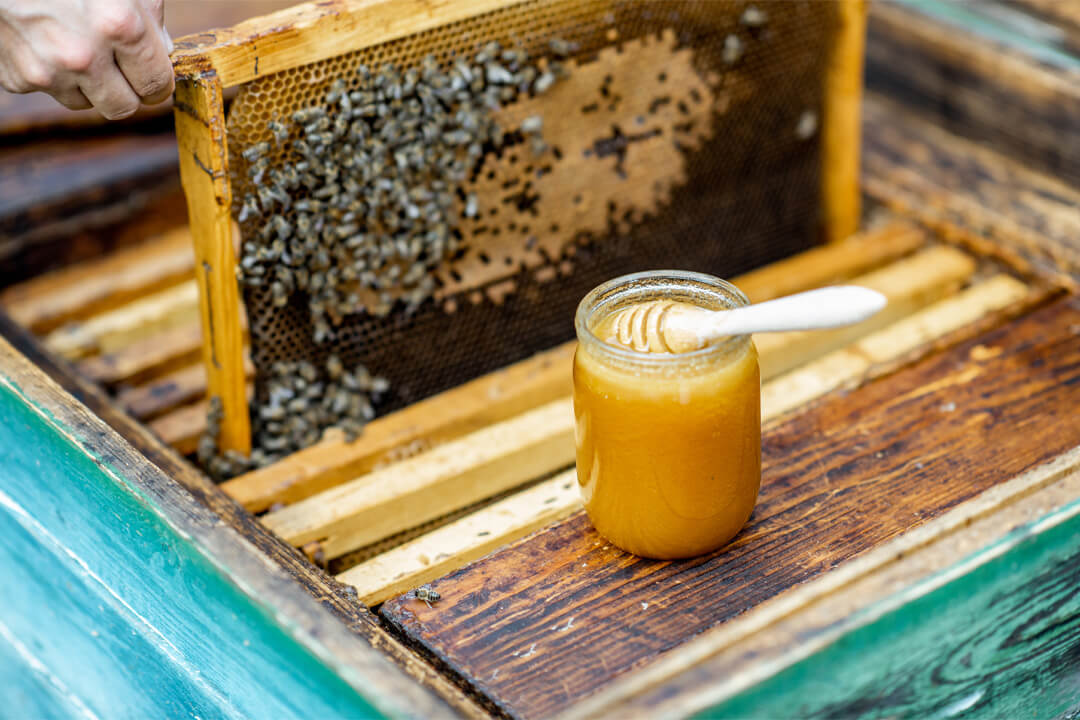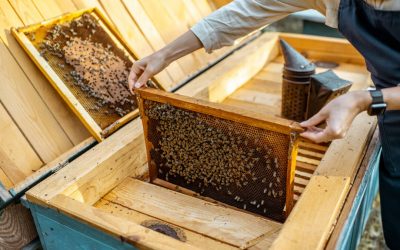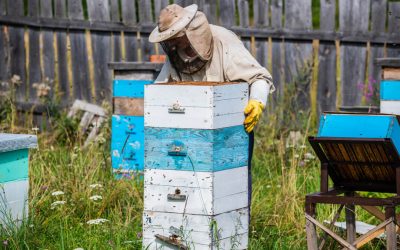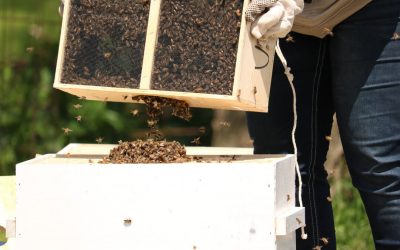There is no definitive answer to when you should start a beehive, as it depends on a number of factors, such as the climate you live in and the type of beehive you are using.
In many areas, typically spring is the best time to start your beehive.
However, there are a few general guidelines that can help you determine when to start your beehive. This article will discuss when to start a beehive based on a number of factors.
Seasonal bee activity
The changing seasons have a significant impact on bee activity and life. Each month, a beehive and its inhabitants experience new behavioral changes. Obviously, a beehive is less active in the winter and more active in the summer, but that doesn’t mean you can ignore the hive when it’s dormant.
In fact, beekeepers should be especially diligent in the winter, as this is when bees are most susceptible to disease. Varroa mites, for example, are a serious problem for beekeepers, and they’re more likely to invade a hive in the winter when the bees are inactive.
So, while there is no definitive answer to when you should start your beehive, taking into account the bee’s seasonal activity is a good place to start.
Climate considerations
Another factor to consider when starting a beehive is the climate you live in. If you live in an area with a long, cold winter, it’s best to wait until spring to start your beehive. The bees will be more active and less susceptible to disease. By the time fall comes, your hive should be well-established and ready to withstand the winter.
On the other hand, if you live in an area with a mild climate, you can start your beehive any time of year. Just be sure to monitor the hive closely, as the bees may be more active and require more maintenance.
Bee behavior throughout the seasons
Bees are creatures of habit, and their behavior changes throughout the seasons. Therefore, knowing bees’ temperament during a specific season is important before you start a beehive.
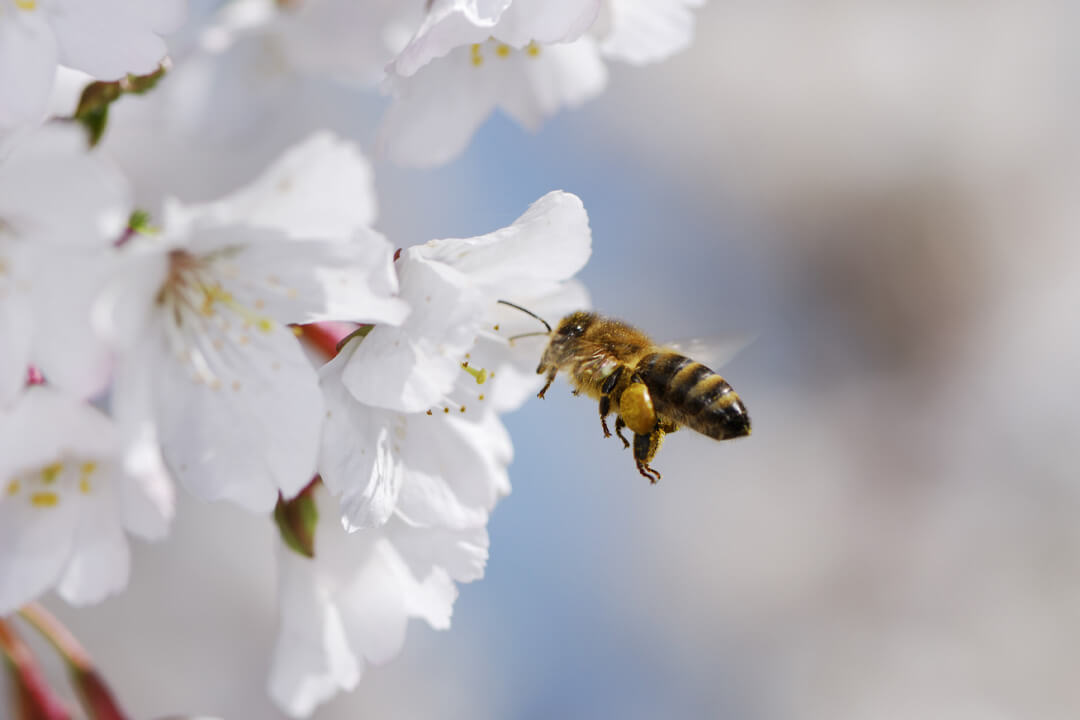
On the other hand, if you live in an area with a mild climate, you can start your beehive any time of year. Just be sure to monitor the hive closely, as the bees may be more active and require more maintenance.
Here is a brief overview of bee behavior in each season:
Spring
This is the time of year when bees start to become active again after the winter. The queen bee starts to lay eggs, and the worker bees begin to build up the honeycomb. The beehive is busy with activity as the bees prepare for the summer months.
Summer
This is the busiest time of year for bees. They are collecting nectar and pollen to store in the hive. The beehive will be full of honey during this time.
Fall
This is the time of year when bees begin to slow down their activity. They stop collecting nectar and pollen and start to eat the honey they have stored up. As a result, the beehive is not as active during this time.
Winter
This is the time of year when bees are dormant. They cluster together in the hive to keep warm and do not leave the hive except on rare occasions. The beehive is very quiet during this time.
Type of beehives to choose
The final factor to consider when deciding when to start your beehive is the type of beehive you’re using. If you’re using a top-bar hive, for example, you can start your hive any time of year. However, if you’re using a Langstroth hive, it’s best to wait until spring to start, as the bees will be more active and less susceptible to disease.
No matter what type of beehive you’re using, be sure to monitor the hive closely and be prepared to take action if necessary. By following these guidelines, you can ensure that your beehive is healthy and productive.
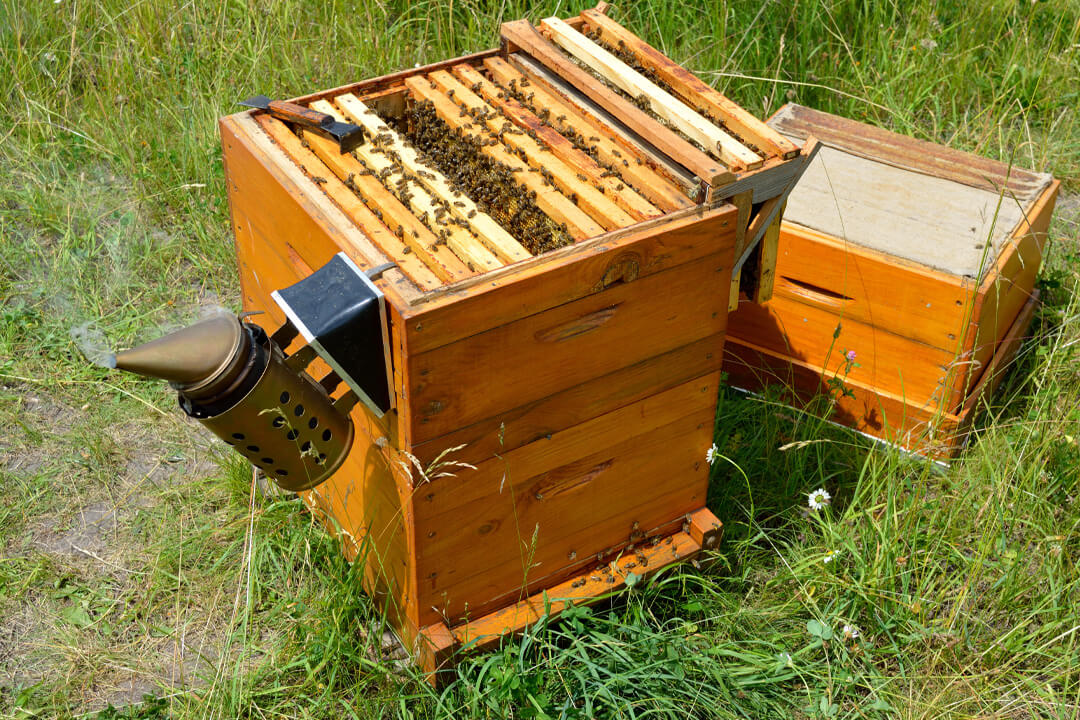
Langstroth hive
A Langstroth hive is a type of beehive that is designed to be easy to use and manage. It is one of the most popular types of beehives, as it is easy to assemble and disassemble. Langstroth hives are also less likely to be disturbed by bees, as they can be easily opened and closed. There are enough cells in a Langstroth hive for a bee to lay an egg and can hold thousands of bees!
It’s important to know that these types of hives are heavy and not easy to move, so be sure you have a solid foundation before you start your beehive. Langstroth hives are also more expensive than other types of hives, so be prepared to invest in one if you decide to go with this option.
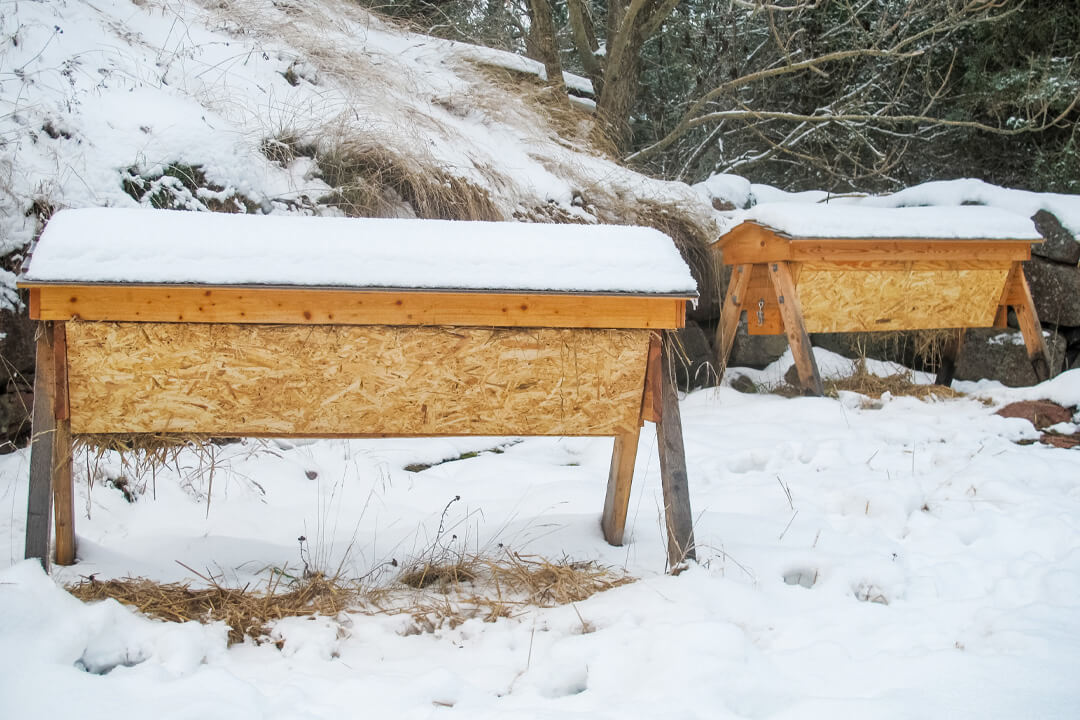
Top-bar hive
A top-bar hive is a type of beehive that is designed to be easy to use and manage. It is one of the most popular types of beehives, as it is easy to assemble and disassemble. Top-bar hives are also less likely to be disturbed by bees, as they can be easily opened and closed.
There are 24 wooden frames to a top-bar hive, so this type of hive is ideal for beekeepers who want to increase the number of bees in their hive. Top-bar hives are less expensive than Langstroth hives, so it would be easier to invest in this one vs. the other option.
When should you order bees?
If you’re starting a beehive from scratch, you’ll need to order bees. When ordering bees, make sure to order from a reputable source. You don’t want to end up with bees that are sick or diseased. Talking to local beekeepers in your area is a good way to find a reputable source for bees.
If you’re starting your beehive in the spring, it’s best to order your bees in early spring so they have time to establish themselves before the summer heat hits. This will give them time to adjust to their new home and start building comb. If you’re starting your beehive in the fall, you can order your bees any time from late summer to early fall.
When ordering bees, you’ll need to decide how many bees you want. A good rule of thumb is to order 1 bee package for every 5 frames in your beehive. So, if you’re using a Langstroth hive with ten frames, you should order two bee packages. If you’re using a top-bar hive, you can get by with one bee package.
Summary
Overall, there is no definitive answer to when you should start your beehive. As you can see, there are a lot of factors to consider when starting a beehive. By taking into account the bee’s seasonal activity, the climate you live in, and the type of beehive you’re using, you can ensure that your beehive is healthy and productive.
In addition, by considering these factors, you can ensure that your beehive is productive and well-maintained. If you’re interested in starting a beehive, contact your local beekeeper or apiarist to learn more about when is the best time of year for you to get started.
Read our article How to Start Beekeeping for more information how to successfully start a beehive.

